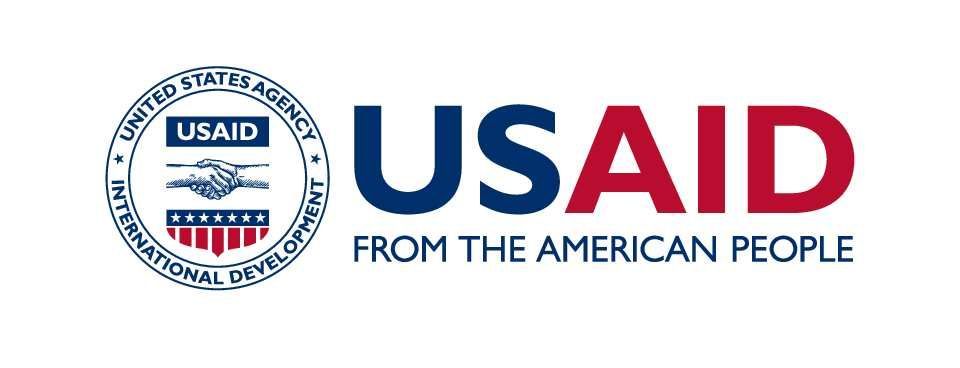KCMC-FCCT Tumor Board October 2022
By Randy Hurley MD, cTropMed
HealthPartners and Regions Hospital Cancer Care Centers
Global Health Faculty, University of Minnesota
October 26, 2022
Three cases were reviewed at the October tumor board video conference: a case of locally advanced acral melanoma, a case of esophageal cancer in a 15-year-old and a case of advanced colorectal cancer. The cases help highlight the contrast in biology of cancer in the USA vs East Africa.
A 72-year- old man presented with a one-year history of black discoloration of the skin of the heel of his foot associated with palpable inguinal lymphadenopathy. A wide excision of the lesion on the heel revealed a superficial spreading malignant melanoma with a 2mm depth of invasion. Four inguinal lymph nodes were removed, the pathology of which was pending. If these lymph nodes were involved with melanoma, this would be a clinical stage 3 melanoma. In the USA, melanoma is most commonly “cutaneous melanoma” often occurring in sun-exposed areas of skin in fair-haired, light skinned individuals. Significant advances have been made in the management of locally advanced and metastatic melanoma in the USA with the use of immunotherapy. Additionally, roughly 50% of cutaneous melanomas harbor a mutation in the BRAF gene; oral BRAF inhibitors are effective in the adjuvant setting and in treating unresectable and metastatic melanoma. In contrast, melanoma in dark skinned individuals is rare. Melanoma occurring on the palms and soles (i.e., non-sun exposed areas) and underneath the fingernails and toenails is termed “acral melanoma.” This is a rare subtype of melanoma in the USA and although rare in Tanzania, it is the most common type of melanoma in dark-skinned individuals. The biology of this disease is different from cutaneous melanoma since it is less likely to respond to immunotherapy and less likely to harbor BRAF mutations.
A case of a 15-year-old with locally advanced squamous cell cancer of the esophagus was presented. The patient had developed difficulty swallowing and a necrotic ulcer over the neck. CT imaging and a barium swallow were followed by endoscopy and biopsy. The patient was found to have a mass in the cervical esophagus with fistula formation to the necrotic neck ulcer. A gastrostomy tube had been placed with a plan for palliative chemotherapy and radiation. In the USA, the median age of diagnosis of esophageal cancer is 67 years old. Roughly half of these are squamous cell cancers related to tobacco and alcohol or distal esophageal cancers related to Barrett’s esophagus. In the USA, esophageal cancer in a 15-year-old would be virtually unheard of. East Africa is one of the regions of the world where there is an increased prevalence of squamous cell esophageal cancer. Little is known about the true incidence, etiology and response to treatment of this disease. KCMC participates in the African Esophageal Cancer Consortium, a USA National Cancer Institute and International Agency for Research on Cancer sponsored coalition of cancer centers in East Africa ( https://ascopubs.org/doi/10.1200/JGO.17.00163 ). They are part of a prospective observational clinical trial hoping to define the therapeutic landscape for esophageal squamous cell cancer in East Africa (https://bmccancer.biomedcentral.com/articles/10.1186/s12885-021-09124-5 )


